
Monteverde Cloud Forest :The Best Place to Visit in Costa Rica
Monteverde Cloud Forest – a natural wonder . The United States and Canada are home to approximately 1,000 tree species.
One 26,000-acre patch of Costa Rica hosts more than 750.
The Monteverde (“Green Mountain”) Cloud Forest Reserve is perhaps the world’s best example of one of its rarest ecosystems. As the elevation rises above 4,500 feet, the forest reaches up to touch the sky, where moist air from the Atlantic and Pacific join and condense into near-perpetual clouds.
How to visit Monteverde Cloud Forest
The result is a mysterious, breathtakingly beautiful, and utterly distinct landscape, and an ecosystem of extraordinary variety. Just 0.14 of the earth’s landmass is given over to cloud forests, and Monteverde may be the very largest of them all. Recognizing Monteverde’s beauty, uniqueness, and fragility, Costa Rica has placed it entirely off limits to development since 1972.
Monteverde has worn its distinction gracefully despite its popularity with hikers, photographers, naturalists, and wildlife spotters, offering them the same chance to enjoy one of the world’s great ecological wonders as others did 50 years ago.
What make Monteverde Cloud forest so special
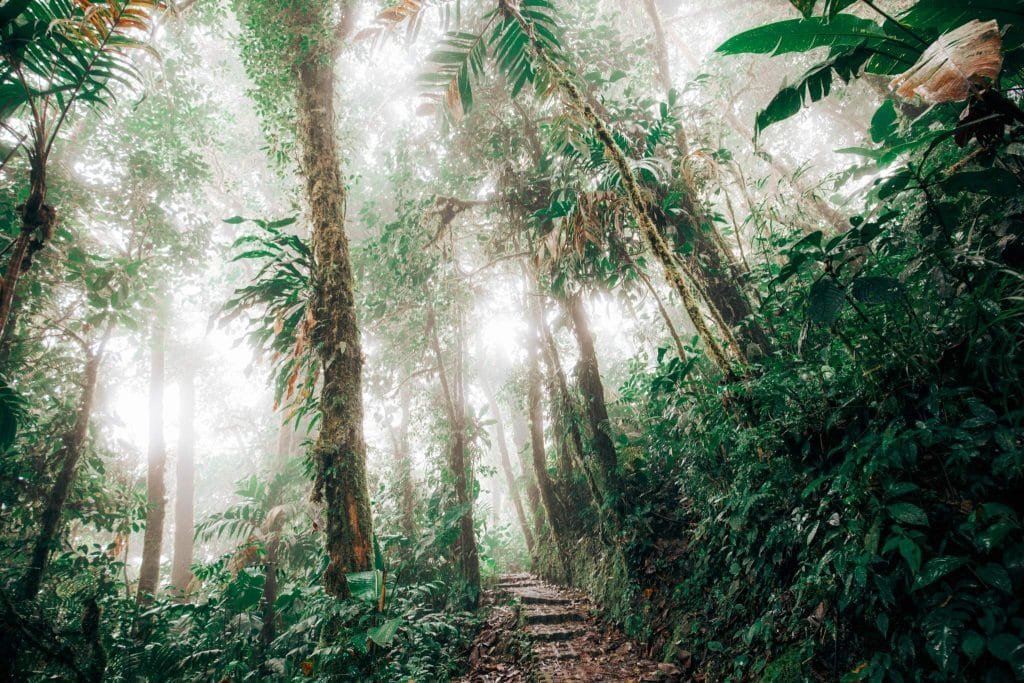
A Cloud Forest, Not a Rainforest
They may seem to have much in common with rainforests, but cloud forests are significantly different. Rainforests, for one thing, occur on flat land at lower elevations; peaks and valleys help cloud forests retain airborne moisture.
They also tend to be much hotter: average temperatures in a rain forest regularly exceed 90 degrees Fahrenheit, while Monteverde and the surrounding Arenal region maintain yearlong temperatures between 60 and 70 degrees.
Rainforests are themselves rare, of course, but the unlikely combination of factors needed to sustain a cloud forest makes them nearly 15 times less common throughout the world.

Monteverde Cloud forest: Whole Ecosystems on a Single Tree
Plants living in cloud forests do not rely on precipitation. Instead, they draw water from the ground after it condenses. Or indeed from other plants. The thick moss hanging off many tree branches in Monteverde is just one example of a fascinating characteristic of its ecosystem: epiphytism.
Epiphytes are plants that live on the surface of other plants, rather than on the ground. They find water and nutrients in the air and from their hosts rather than from soil. A single tree in Monteverde may play host to dozens of other species.
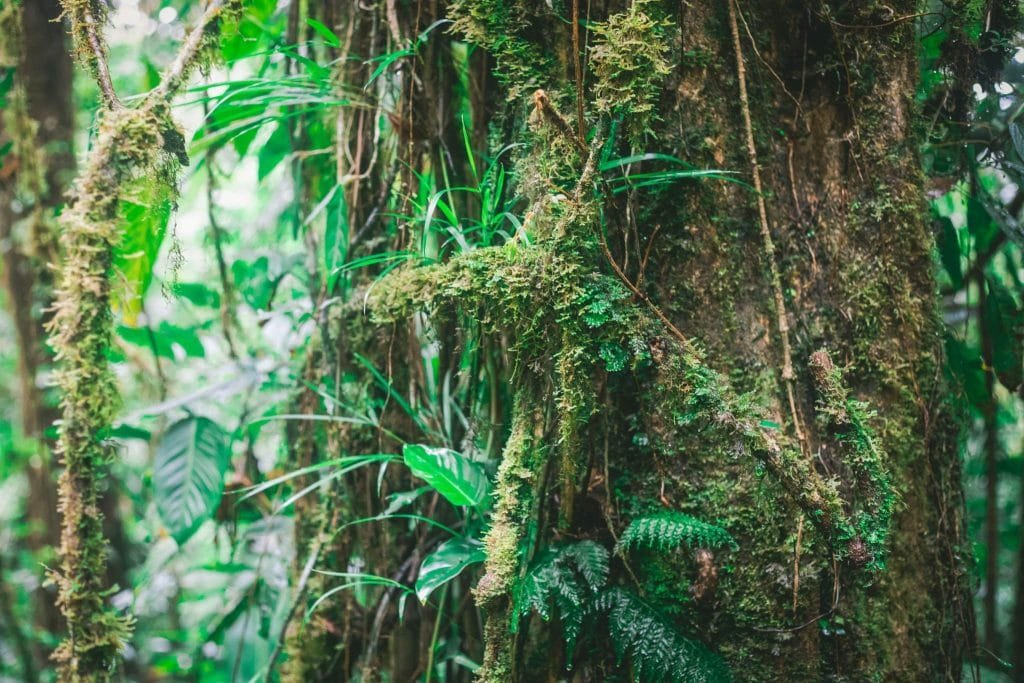
Dense mosses and elaborate lichens abound in Monteverde, but its most gorgeous epiphytes may be the astonishing variety of bromeliads and orchids found throughout the reserve. More than 500 species of orchid thrive in Monteverde, many of them unique to the park, including the world’s smallest, the millimeters-wide Platystele jungermanniodes.
In all, Monteverde is home to more than 2,500 species of plants. These support an extraordinary variety of wildlife, including more than 100 species of mammal (howler monkeys included), more than 1,200 different amphibians and reptiles, and uncountable species of insect including more than 5,000 different types of moth.
Otherworldly Yet Accessible
For all of the successful efforts to preserve its unique character, Monteverde is surprisingly accessible. Visitors often stay in nearby Santa Elena, which offers lodging, restaurants, and amenities such as a bank. From there, travel to Monteverde is convenient enough, if a bit rough and ready.
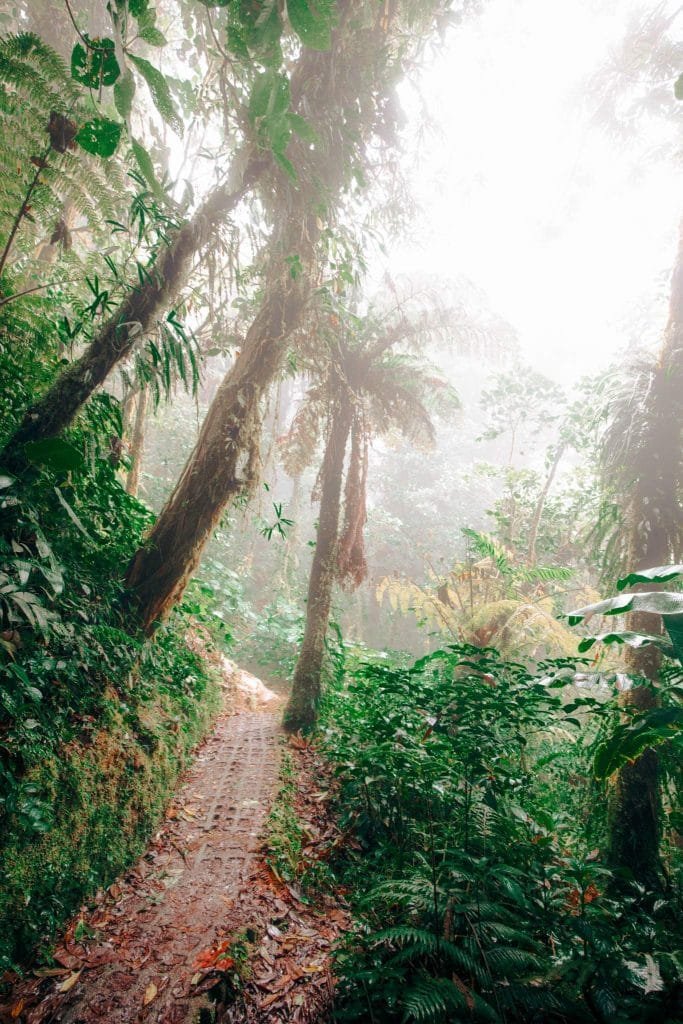

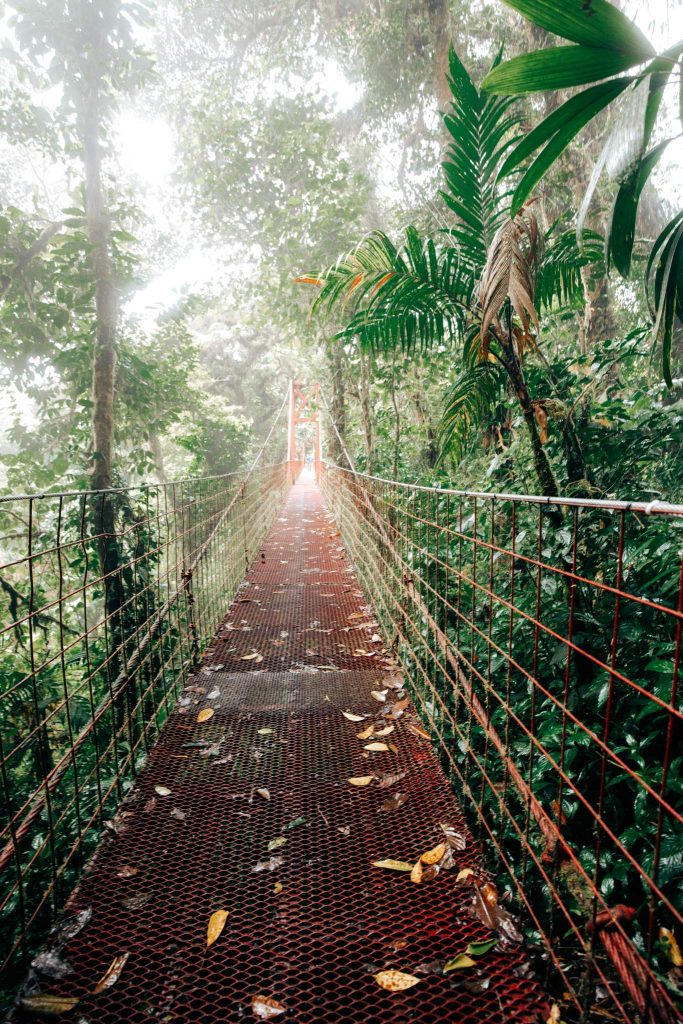
Costa Rica’s rainforests are home to about 2.5 percent of the whole world’s biodiversity. In the Monteverde Cloud Forest Reserve, you’ll find over 3,000 species of plants, 100 mammal species, 400 bird species, and 161 different species of amphibians and reptiles.
This amazing diversity makes this national park important to the whole world. Rainforests only cover about 2 percent of the earth, but contain about 50 percent of the animals and plants in the world. They’re vital for maintaining the earth’s biodiversity. You’ll experience this firsthand when you visit Monteverde Cloud Forest.


Over half of the mammal species in Cloud Forest are bats, with at least 58 different species calling the forest home. All five of the wild cats in Costa Rica are present here: the ocelot, puma, oncilla, jaguar, and jaguarundi all live in the Cloud Forest reserve. These top predators are vital to the health of the ecosystem. The forest is also home to over 15 species mice and rats, along with tapir, peccaries, rabbits, squirrels, coatis, and three species of primates.
While everyone wants to see the animals, the plant life is no less impressive. You’ll see a huge variety of plants all working together to form beautiful ecosystems. As you travel into the forest, woodland leads to rainforest, and the tall trees are hosts for all other kinds of plant life. You’ll see orchids, ferns, vines, mosses, and bromeliads everywhere, all contributing to the well-being of the forest.
Costa Rica is a great destination if you’re interested in witnessing the beauty of the natural cloud forest. Monteverde Cloud Forest is a must-see stop for anyone visiting Costa Rica. Don’t let the opportunity to spend time in one of the most unique, beautiful places in the world pass you by.




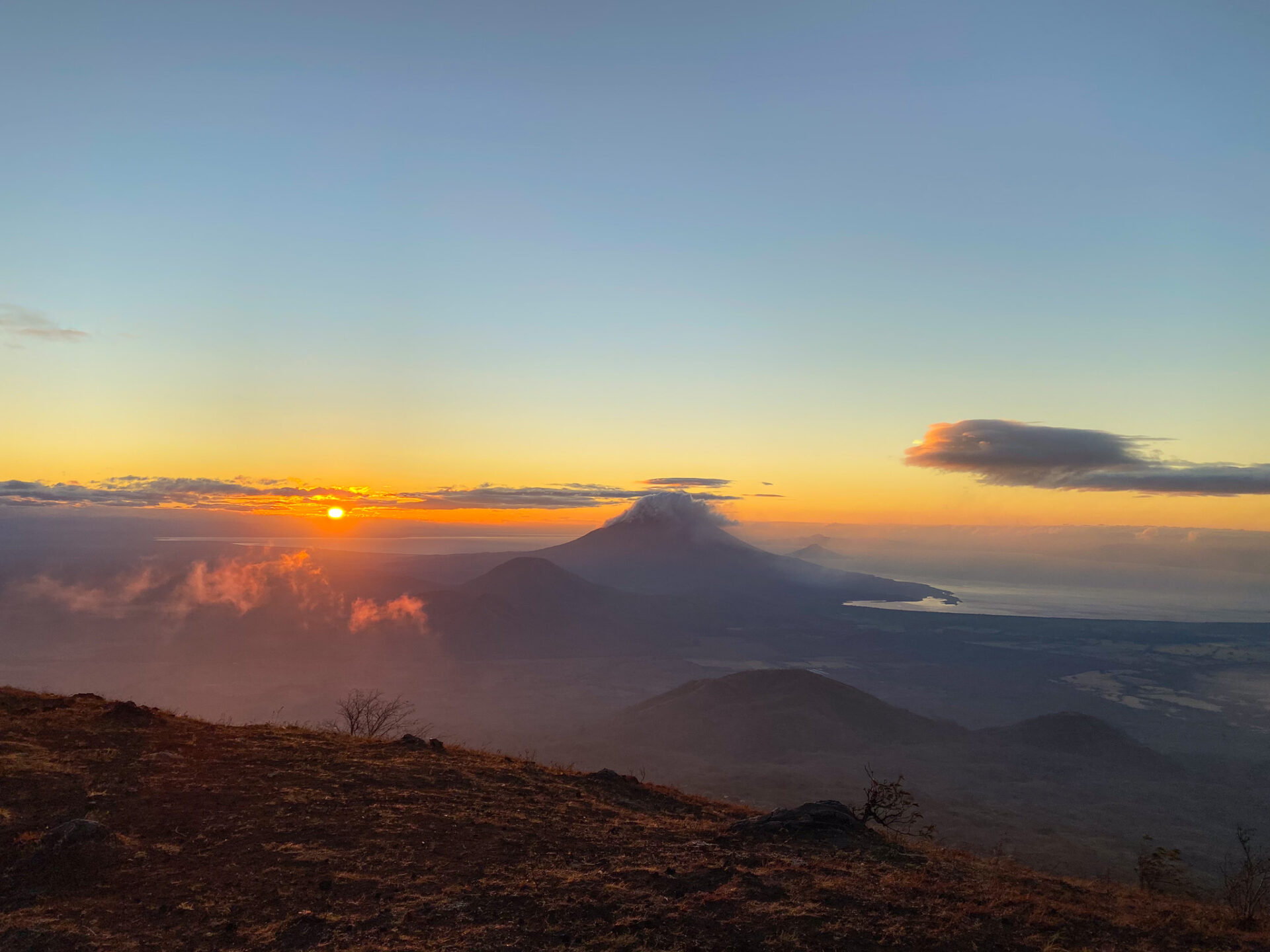
Leave a Reply